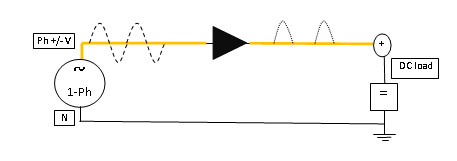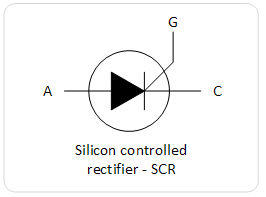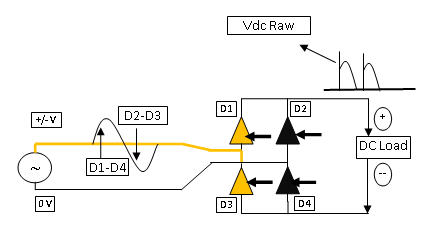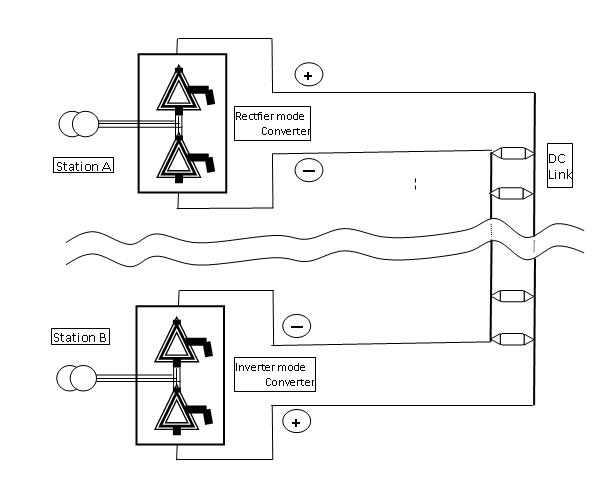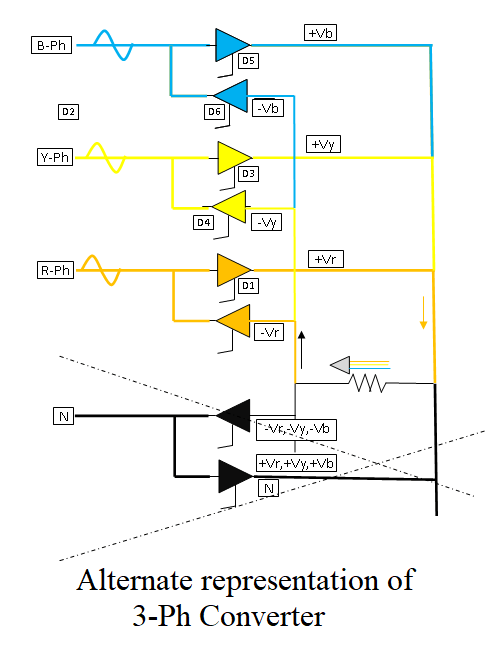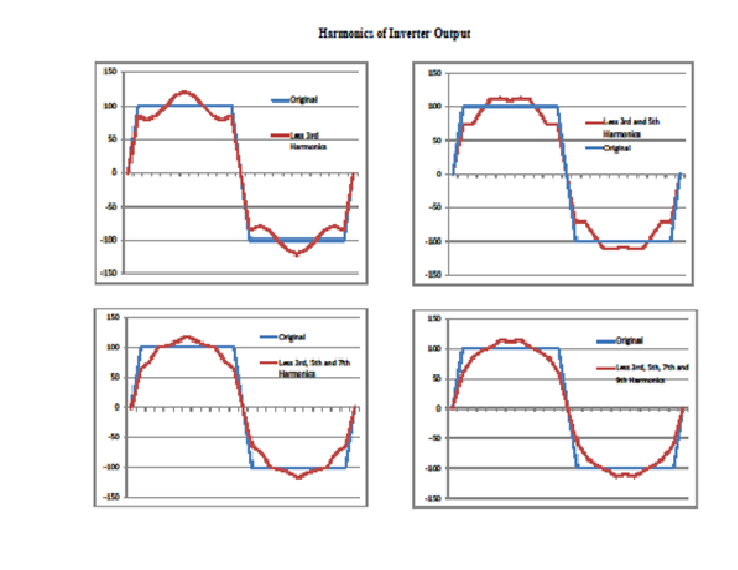By L V Nagarajan
If you do nothing, forest fire will spread very fast, same way as a pandemic like Covid-19. The comparison should not end there. We should be able to control it also in a similar way. Herein I have evolved a generalised SOP, (Known as ProVIso) for controlling any pandemic, which any affected city, state or country may adopt and implement.
I have seen how they fight Forest-Fires in the US. First what they do is to limit the damage to the specific areas. They don’t try to put out the fire; first, they spray water from helicopters all around the affected area so that the fire is contained within and it does not spread. It is like ‘quarantining’. Then they will run their ambulances and specially equipped emergency fire fighting air brigades to the affected area, The RED ZONE. They will try to put out spot fires and will see to it no new fire breaks out. They will also try to treat all the damages that have been caused.
At the same time, they warn the reasonably far-off areas, known as SAFE ZONE, to take care of themselves. They can test their fire protection systems and keep them healthy. They will warn the local fire brigade to ensure supply of water and availability of all fire extinguishing devices. All the people in SAFE ZONE will be asked to protect themselves from smoke & air pollution. They will also put up a barrier around the safe areas and guard the same so that there is no unnecessary movement from SAFE ZONE to the UNSAFE ZONE.
UNSAFE ZONES are some intermediate spaces, between the SAFE ZONE and the affected area, the RED ZONE. These areas are always at a risk, because of smoke, air pollution, heat and even some falling embers exploding from the fire that is already raging nearby. Herein local fire brigades will keep on going around and putting out smaller fires, and in case of any major ones they will call for emergency support
As they make the RED ZONE smaller and smaller gradually, they will also declare mare areas under SAFE ZONE. However small the RED ZONE becomes eventually, say, in about two weeks, Fire dept will continue keeping watch in this area, so that, no fresh fire breaks out

Can we not control spread of Covid pandemic also in similar ways?
Let us try.
Control of Covid-19 Pandemic
In the case of Covid-19 infection also, the pandemic is spreading fast, like forest fire through air. It attacks the crowded areas faster. Luckily, here also it is possible to separate out areas as crowded RED Zone, nearby Yellow Zone, and farther-off disciplined Green Zone.
When any pandemic strikes, it is very important to identify the Red, Yellow and Green zones early enough to formulate relief measures by local governments and civic authorities. First thing to do is to go for a full lockdown for three days for all zones. This is mainly to organise relief measures and tune up the medical infrastructure.
RED ZONE: (Isolated Zone)
The boundaries of Red zone, with maximum infection, should be kept under strict watch, after quarantining the area. Only health workers, sanitary workers and volunteers should be allowed across this boundary. The residents of the area should not be allowed to move outside of Red zone, even if they are not infected. No one, even if they are found not-infected after testing, will be allowed inside the zone, unless he is prepared to stay ‘in’ for an indefinite period. Maximum medical attention will be given to all inside the zone. Those with symptoms will be admitted to hospitals within the zone, which will all be upgraded with immediate effect. All important drugs, like Ramdesevir, for treatment of Covid will be made available in these hospitals on a priority basis. Even some of the medicines from the AYUSH system of medical care will be made available and will be given for those who have faith in the system as an emergency relief. Oxygen cylinders, O2 concentrators and ventilators should be made available in large numbers. The contact tracing of all these patients for the last one week will be done. All these suspected people will be instantly tested for Covid. Covid positive cases will be immediately quarantined at home or on in any of the Health Facilities, to be provided in the zone in adequately large numbers. All those, tested negative should be given the first dose of vaccination. All the residents should be asked to strictly follow the lockdown rules. Lockdown in the zone will be extended every week, depending on the conditions. General compulsory vaccination programme throughout the zone to be carried in a Priority Graded Standard Manner, starting from
- health workers, sanitary workers and volunteers,
- any other vulnerable group of public servants
- Senior citizens without any symptoms
- All those in the teaching profession
- To all living within 500 meters on either side of the boundary of Red zone
- People above 50 without symptoms
- People between 25 and 50
- People between 12 and 25
- Children below the age of 12.
After every weekly review the boundary of this Isolation Zone or Red zone to be revised and redrawn. It is expected with all the above measures, the boundary of this Red zone, will keep on contracting.
GREEN ZONE: (Protected Zone)
The Green zone is expected to provide the ‘living hope’ for the whole city or state. Hence this zone should be given all safety. We may even call this as Protected Zone.
The boundary:
Since this area displays low to nil infection, it is the duty of all the citizens and the state, to keep it the same way. At the end, it is going to turn out as a win-win strategy. Here also it is best to adopt strict quarantine which will work in the reverse as compared to Red zone.
- Only health workers, sanitary workers and volunteers should be allowed across the boundary of this Green zone
- The residents of the zone will not be allowed to move outside of the Green zone, unless they are prepared to stay ‘out’ for an indefinite period.
- even when they are not infected, no one will be allowed inside the zone, until they are fully vaccinated and have a “no-covid” test certificate
Medical Attention:
Since the area is free of infection, only minimal medical attention will be needed. For routine and non-covid cases that may come up, same will be treated by the local hospitals in the area. All the local hospitals and health centres in the area should be totally sanitized in the first 3-days of lockdown. All emergency systems like ventilators, oxygen supply systems, fire protection systems should be tried and tested for healthiness. These medical facilities should be available for all non-covid treatment for the whole City/State. All public facilities like parks, play grounds, gyms, theatres and auditoriums should also be thoroughly sanitized before we declare this as Green Zone. Crematoriums and burial grounds also should be inspected and cleaned to felicitate such services for unfortunate non-covid fatalities.
Anyone with Covid symptoms foun in the zone, will be home-quarantined and will be attended by local GP’s and doctors, who will be a part of the team of health workers. Suspected and actual Covid patients should be Priority Graded Standard Manner, treated only in specially quarantined hospitals dedicated for the purpose. Initial lockdown period of 3 days mat not require to be extended. However the general quarantine and Room/Hospital quarantines will be strictly followed.
a) Some low level of routine testing may go along with vaccination
b) Economic and commercial activities may restart within the zone.
c) General compulsory vaccination programme throughout the zone to be carried in a Priority Graded Standard Manner, starting from
- health workers, Sanitary workers and volunteers,
- any other vulnerable group of public servant
- Senior citizens without any symptoms
- All those in the teaching profession
- To all living within 500 meters on either side of the boundary of Red zone (**)
- People above 50 without symptoms
- People between 25 and 50
- People between 12 and 25
- Children below the age of 12.
(**) If any in this 500-meter band display any symptoms, they will be tested for covid. If any found positive, they will be treated under home quarantine, in the respective zones.
After every weekly review the boundary of this Protected Zone or Green zone to be revised and redrawn. It is expected with all the above measures this boundary will keep on expanding. All Commercial, Finanacial and socio-religious events may be allowed in this with minimal restrictions, maintaining Covid Norms.

This yellow zone will act as a buffer zone between Green and Red Zones. People or places who have been cleared off Covid, after treatment, testing and vaccination, can be admitted to Green zone only via Yellow zone.
Yellow Zone (Virus/Vacccine Zone)
The Boundary:
This zone does not have its own specific boundary. It is bounded on one end by Red Zone YR-Boundary and on the other end by Green Zone, G-Y boundary. Both the Boundaries are strictly monitored by the respective zones.
(─Xà) No one will be allowed to move from (more infected) Red Zone to Yellow Zone or from (viral) Yellow zone to Protected Green zone (─Xà), even if they are not infected. All will be advised not to move from Yellow zone to Red zone or from Green Zone to Yellow zone unnecessarily. These people should realize that they will not be allowed to return back to their earlier Yellow or Red zone (even when tested Covid –ve,) for an indefinite period of time.
They may comeback, only along with others in Red zone, when any area in the Red zone is declared free of covid and is allowed to merge in Yellow zone. They may come back into Green Zone only along with others, when any area in the yellow zone. is declared free of covid and is allowed to merge in Green zone.
Medical attention:
This area being much bigger may require much higher level of testing and vaccination. Vaccination routine will generally be in the same Priority Graded Standard Manner, followed in other zones. It will also require a large number of covid-appropriate hospitals. We cannot run the risk of shortage of such hospitals. Hence we should upgrade the primary health centres also into hospitals with isolation facilities. All the nursing staff could be further trained into covid care, Testing and vaccination. The number of sanitary staff should be increased, almost doubled to care for safe disposal of increased medical waste. The crematoriums and burial sites should be augmented for safety and isolation, to take care of the unfortunate cases of demises due to Covid. A few crematoriums and burial sites should be kept away and apart for Non-covid fatalities. Likewise, some private and super speciality hospitals should be reserved for non-covid patients with proper safety precautions against infection. All the public should be warned to observe Covid appropriate behaviour of Masking and social distancing. The lockdown may be extended beyond three days also depending on the level of infection and public cooperation. Commercial, Finanacial and socio-religious events may also be allowed with restricted attendance, maintaining Covid Norms.
Conclusion
It is hoped if all the states and civic authorities follow the general instructions based on the above principle of, (shall we call it as,) PRO-V-ISO as above, any pandemic may be controlled in a phased and logical manner.
GOD SAVE INDIA
VANDE MATARAM





